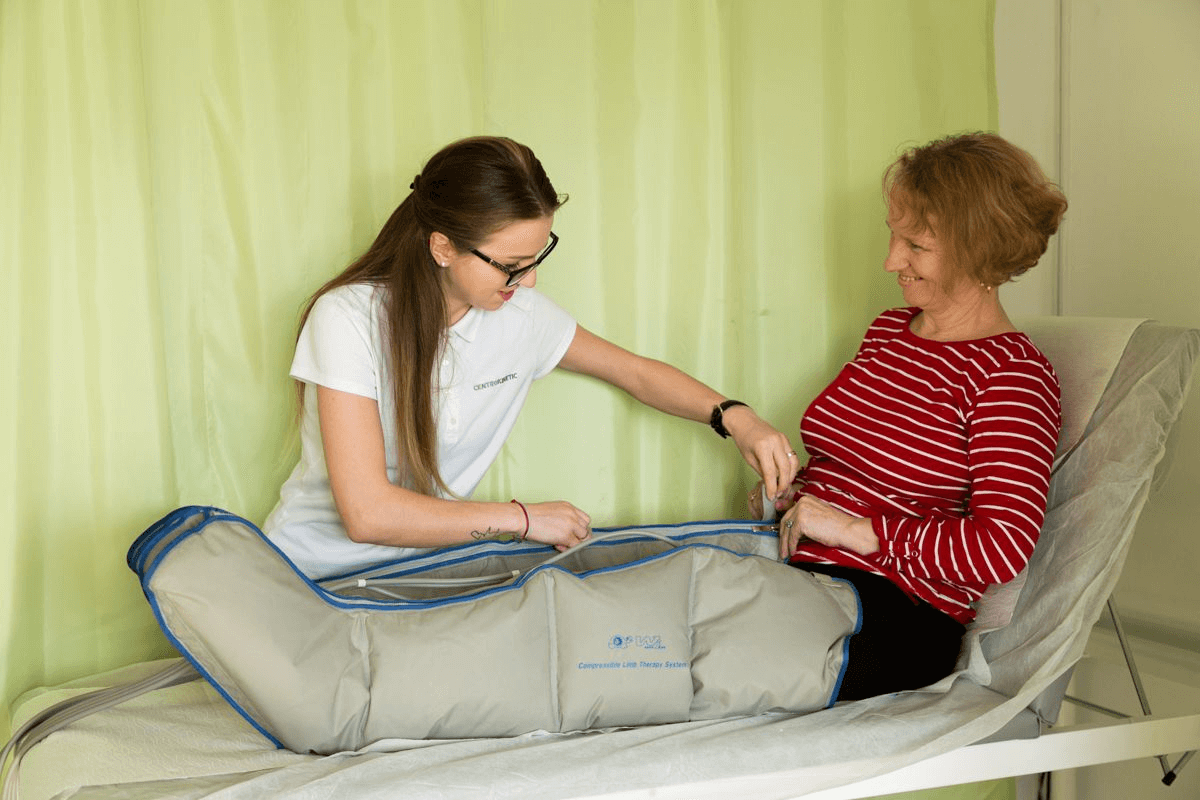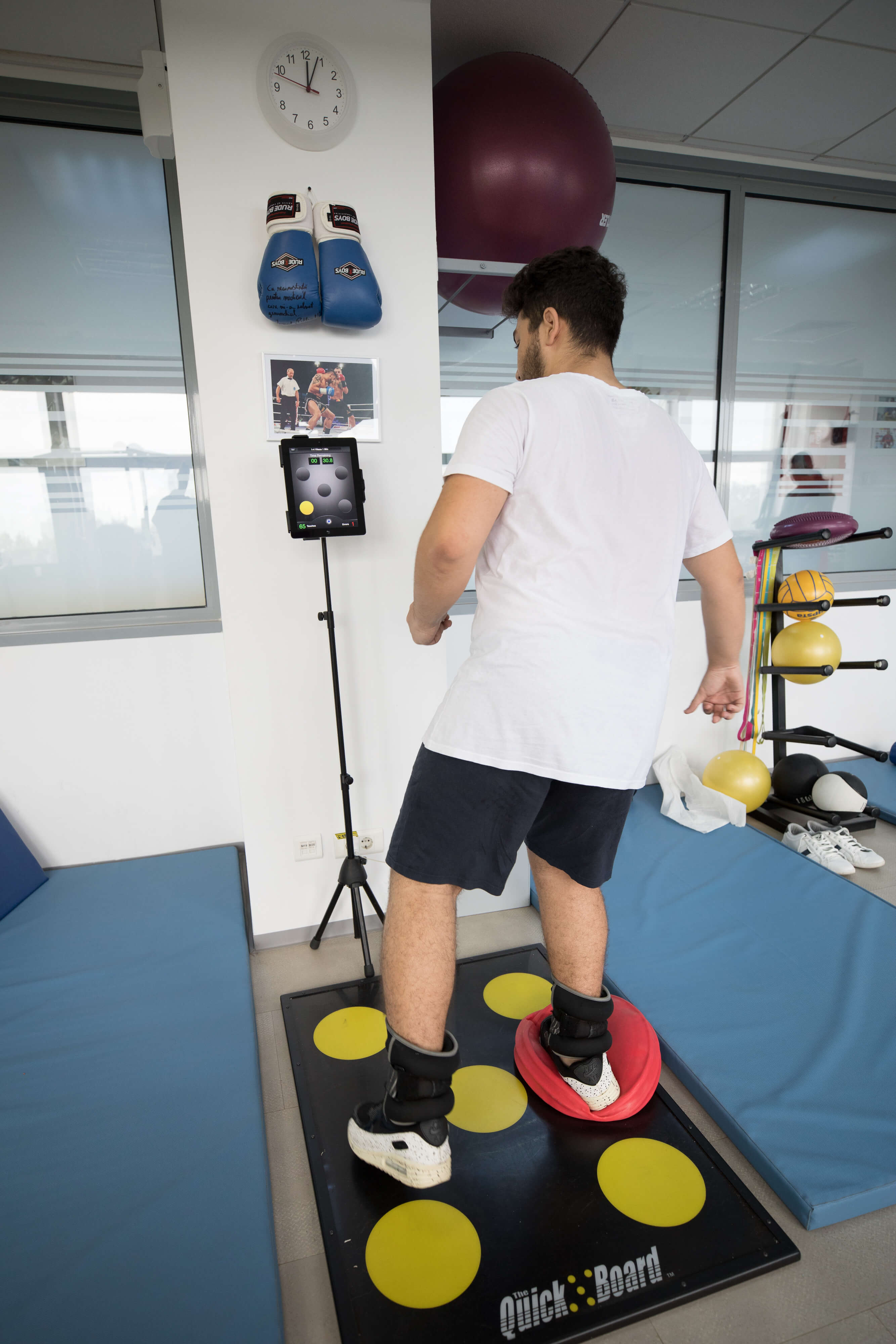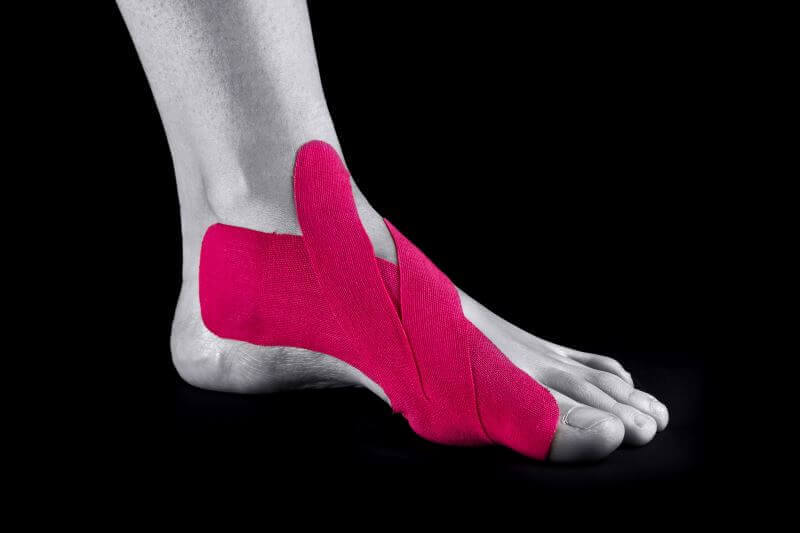See details
READ MORERecovery protocol after hallux valgus surgery
Hallux-valgus is one of the most common diseases of the forefoot, characteristic of women of all ages and much rarer in males. The bunions are characterized by the deviation of the thumb towards the outside of the foot and the metatarsal I towards the inside, the disease being a muscular imbalance that leads to a deformation of the position and bone relations.
Causes of bunions
Along with hereditary factors, one of the main causes of the disease is inadequate footwear. Sharp toe shoes, cowboy boots, high heels can contribute to the development of bunions, to which are added other side effects: obesity, rheumatoid diseases, flat feet. However, wide shoes with a lot of space for the toes reduce the chances of developing bunions. If you already have hallux valgus, it will help you get rid of the inflammation caused by conventional footwear.
Recovery protocol after hallux-valgus surgery
The first 2-4 days
The patient who has undergone this surgery in the first 2-4 days will feel the strongest pain, but painkillers are recommended to relieve it. The patient must remain completely immobilized for 2-4 days, with the limb operated in a prone position, upon a pillow. The ice must be put in 30-minute increments. Ice will help relieve postoperative inflammatory symptoms.
Treatment with antibiotics, anti-inflammatory drugs, analgesics, and anticoagulants is indicated. In case there are blood circulation disorders, it is indicated to initiate treatment with vasodilators.
After 2 - 4 days
You will be able to walk carefully (using crutches), but you need to rest with your feet up on a pillow as much as possible. It is likely that when you lower your foot, it will swell due to circulatory disorders caused by surgery. You must restrict walking, only allowed to the bathroom and back. You are allowed to step with the operated leg, but you must use special footwear.
.png)
One week after surgery
It is necessary to do a check-up and change the bandages. You can do a little more exercise than before. If one day there is more pain and swelling than usual, it means that you are making too much effort. You can step on the operated leg with the help of a special shoe, but only what is strictly necessary.
Two weeks after surgery
The wires will be removed if the condition is favorable. You can take a shower after the sutures heal completely. You will be instructed to continue wearing "coach" shoes. You may be asked to move your thumb through a series of movements to maintain mobility. Many patients gave up shoes after 2 weeks (29%), although this usually takes longer, and depends on the severity of the case.

Between 2 and 6 weeks after surgery
The foot begins to return to normal and you can return to your normal shoes (88% of patients after 8 weeks). The leg will still be quite swollen especially at the end of the day. You can request an orthopedic reassessment in 4-6 weeks.
You can return to work, but you may need more time if you have an active job. While normal activity will resume, you should avoid doing sports.
Between 8 and 12 weeks after surgery
The foot should continue to improve and begin to regain normal sensitivity. It will only swell a little. The sport will be allowed, after three months, depending on recovery.
Six months after surgery
A final check-up between 3-6 months after surgery. The swelling should be mild now.
Twelve months after surgery
How long does the bunion heal after laser surgery? The answer is: in about 12 months after surgery. After this period, progress ceases, and healing should be complete. Please note, if a complication occurs, recovery may be delayed. If a complication occurs please contact your doctor.

SUCCESSFUL RECOVERY STORIES

MAKE AN APPOINTMENT
CONTACT US
MAKE AN APPOINTMENT
FOR AN EXAMINATION
See here how you can make an appointment and the location of our clinics.
MAKE AN APPOINTMENT





































































































































